- Home >
- Japanese Scenery >
- Wakimachi - A townscape of udatsu >
Wakimachi - A townscape of udatsu
A row of dignified-looking merchant houses featuring udatsu (a short pillar set on a beam to support a ridgepole)
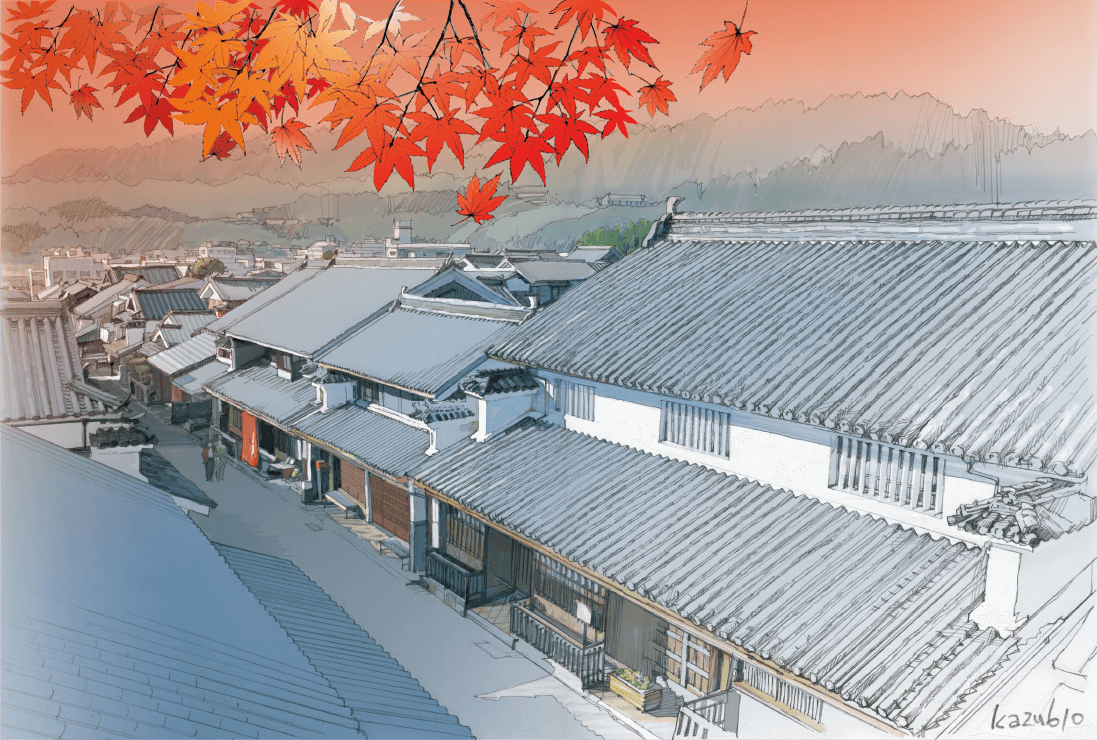
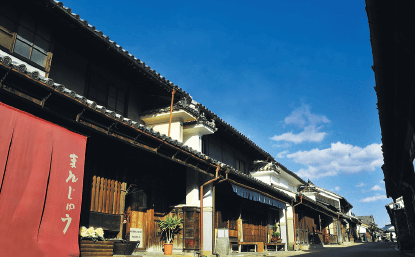
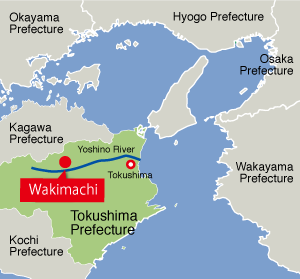
Minamimachi-dori Street in Wakimachi, which faces the Yoshino River, is ideally situated for transporting cargo by boat, and it flourished as trading center for indigo dye, a specialty product of the Awa region, which is located along the mid-section of the river. Thriving thanks to Awa indigo, Wakimachi attracted numerous merchants, and gradually developed into a market town. The indigo merchants built mud-covered wooden houses, and on either side of the roof on the second floor, stucco-covered udatsu in the shape of the fourth character of the Chinese zodiac were constructed. The udatsu were initially built as a means of preventing fire, but because they cost a lot of money to erect, they began to be seen more as lavish decorations, and they gradually came to be symbol of success in accumulating wealth. Nowadays Wakimachi's Minamimachi-dori Street contains a 400m stretch running from east to west that is lined with 85 traditional structures, most of which were built from the middle of the Edo Period to the early Showa Era.
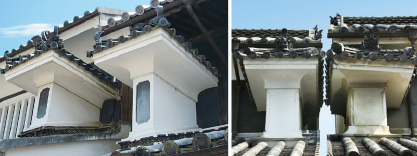
A townscape of impressive white stucco-covered udatsu
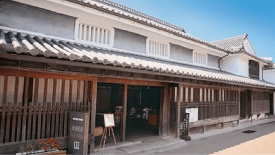
The home of Sunao Yoshida, a guard of the Shogun who established an indigo trading business in 1792






